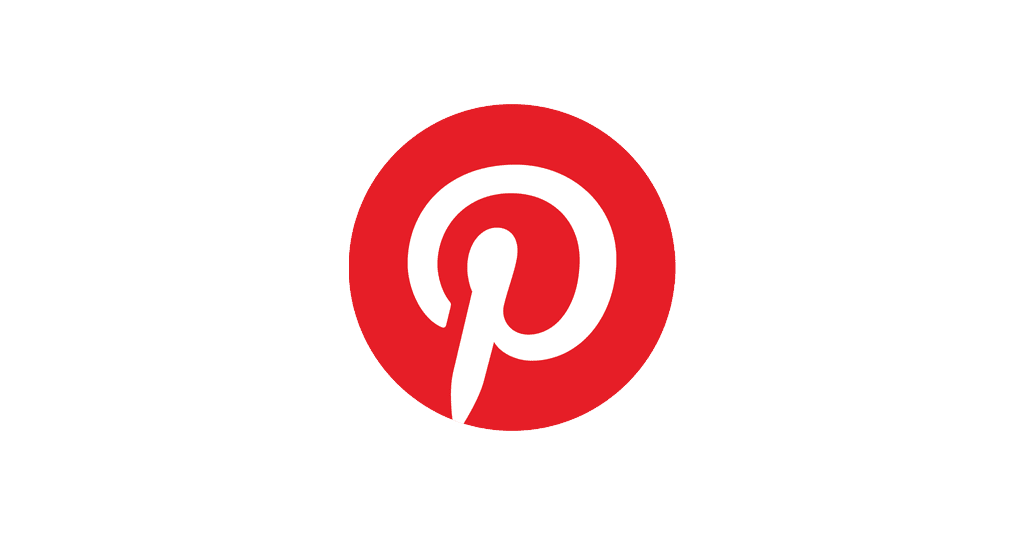Pinterest, the beloved image-sharing and social media platform, has carved a unique niche for itself in the digital landscape. Far from being just a platform for sharing recipes and DIY crafts, Pinterest has evolved into a powerful visual discovery engine, attracting millions of users seeking inspiration, ideas, and products. While the platform offers a visually appealing and user-friendly experience, its revenue model is a complex and multifaceted one. This article delves into the inner workings of Pinterest’s business model, exploring its various revenue streams, advertising strategies, and the factors that contribute to its financial success.
Core Revenue Streams: Promoted Pins and Ads
At the heart of Pinterest’s revenue generation lies its advertising business, which primarily revolves around Promoted Pins and other ad formats.
- Promoted Pins: These are regular pins that businesses pay to promote to a wider audience. They appear in users’ home feeds, search results, and relevant category feeds, blending seamlessly with organic content. Promoted Pins are designed to be visually appealing and informative, enticing users to click through to the advertiser’s website or product page.
- One-Tap Pins: These ads enable users to directly purchase products from the pin itself, streamlining the shopping experience and driving conversions for advertisers.
- Promoted Video Pins: These short video ads autoplay in users’ feeds, capturing attention and conveying brand messages more dynamically.
- Promoted Carousels: This format allows advertisers to showcase multiple images or videos within a single pin, providing a more immersive and engaging experience for users.
- Shopping Ads: These ads feature product images and prices, allowing users to shop directly from the Pinterest platform. They are often displayed in search results and category feeds, targeting users who are actively searching for products.
Advertising Strategies: Targeting and Measurement
Pinterest leverages sophisticated targeting capabilities to ensure that ads reach the right audience. Advertisers can target users based on their interests, demographics, search keywords, and even the specific boards they follow. This granular targeting ensures that ads are relevant and resonate with users, increasing the likelihood of engagement and conversions.
To measure the effectiveness of their advertising campaigns, Pinterest provides advertisers with detailed analytics and reporting tools. These tools track metrics such as impressions, clicks, engagement, and conversions, allowing advertisers to optimize their campaigns and achieve better results.
Additional Revenue Streams: Diversifying the Business Model
While advertising remains Pinterest’s primary revenue source, the company is also exploring other avenues to diversify its income:
- E-commerce Partnerships: Pinterest has partnered with various e-commerce platforms, such as Shopify and WooCommerce, to enable users to purchase products directly from the platform. This initiative, known as “Shopping on Pinterest,” allows the company to earn a commission on each sale.
- Creator Fund: Pinterest has launched a Creator Fund to support and incentivize content creators on the platform. This fund provides financial resources and promotional opportunities to creators who produce high-quality and engaging content, further enhancing the platform’s appeal and user engagement.
- Pinterest Academy: This online learning platform offers courses and resources for businesses and marketers to learn how to leverage Pinterest for their marketing goals. While the academy is currently free, it could potentially become a revenue stream through premium courses or certifications in the future.
Factors Driving Pinterest’s Success
Several factors have contributed to Pinterest’s success in the social media and advertising landscape:
- Visual Focus: Pinterest’s emphasis on visual content appeals to users seeking inspiration and ideas, making it a unique platform for discovery and exploration.
- User Intent: Pinterest users are often in a discovery mindset, actively searching for products, services, or ideas. This makes them more receptive to advertising and more likely to take action after seeing a Promoted Pin.
- Strong Demographics: Pinterest boasts a predominantly female user base with high disposable income, making it an attractive platform for advertisers targeting this demographic.
- Positive Brand Image: Pinterest is perceived as a positive and inspirational platform, which translates into a more receptive audience for advertisers and a higher brand affinity.
- Continuous Innovation: Pinterest continuously evolves its platform, introducing new features and ad formats to enhance user experience and provide advertisers with more effective tools.
Conclusion
Pinterest’s business model is a testament to its ability to create a visually appealing and engaging platform that caters to both users and advertisers. By leveraging its unique visual focus, user intent, strong demographics, positive brand image, and continuous innovation, Pinterest has established a sustainable and scalable revenue model. As the company continues to explore new avenues for growth and expand its offerings, it is poised to remain a key player in the digital advertising and e-commerce landscape.
References:
Investopedia: An Inside Look at Pinterest’s Business Model
Business Model Analyst: Pinterest Business Model
The Motley Fool: How Pinterest Makes Money
